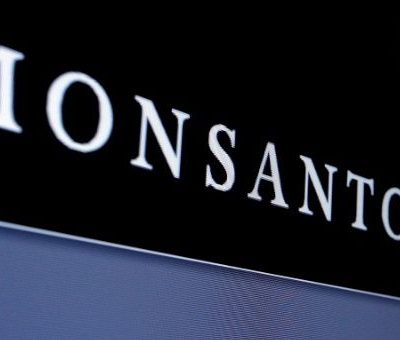India Cuts Monsanto Seed Royalties for 3rd Time
Monsanto and India's Nuzieedu Seeds Ltd are also engaged in a maze of arbitration proceedings and legal cases over patents.

India has cut the royalties that local seed companies pay to German drugmaker Bayer AG’s Monsanto unit for the third time in four years.
India’s government has decided to reduce royalties paid by Indian seed companies to Monsanto for its genetically modified (GM) cotton by 49 percent to 20 rupees for a packet of 450 grams, according to a farm ministry order. Before it was 39 rupees.
The decision could prompt Monsanto and other foreign seed companies to further scale back investment in the sector, said Ram Kaundinya, director general of the Federation of Seed Industry of India.
The decision comes at a time when India’s cotton output is falling and needs a breakthrough to help maintain its leading position in the global cotton market, said Kaundinya.
New Delhi’s cotton output is likely to fall to 32.8 million bales of 170 kg each in the year to September 2019 – the lowest in nine years, triggering higher imports of the fiber, according to industry group Cotton Association of India.
“The order is most disappointing,” said Shivendra Bajaj, executive director of the alliance for Agri Innovation, an advocacy group.
Other than cutting Monsanto’s royalties, the government raised the prices of GM cotton seeds by 1.43 percent to 710 rupees (US$10.16) a packet.
New Delhi approved Monsanto’s GM cotton seed trait, the only lab-altered crop allowed in India, in 2003 and an upgraded variety in 2006, helping transform the country into the world’s top producer and second-largest exporter of the fiber.
Monsanto’s GM cotton seed technology went on to dominate 90 percent of India’s cotton acreage.
However, Monsanto became embroiled in a dispute with Indian seed company Nuziveedu Seeds Ltd (NSL), which argued that India’s Patent Act did not allow Monsanto any patent cover for its GM cotton. Monsanto and NSL are engaged in a maze of arbitration proceedings and legal cases.
*
Note to readers: please click the share buttons below. Forward this article to your email lists. Crosspost on your blog site, internet forums. etc.
Featured image is from teleSUR

